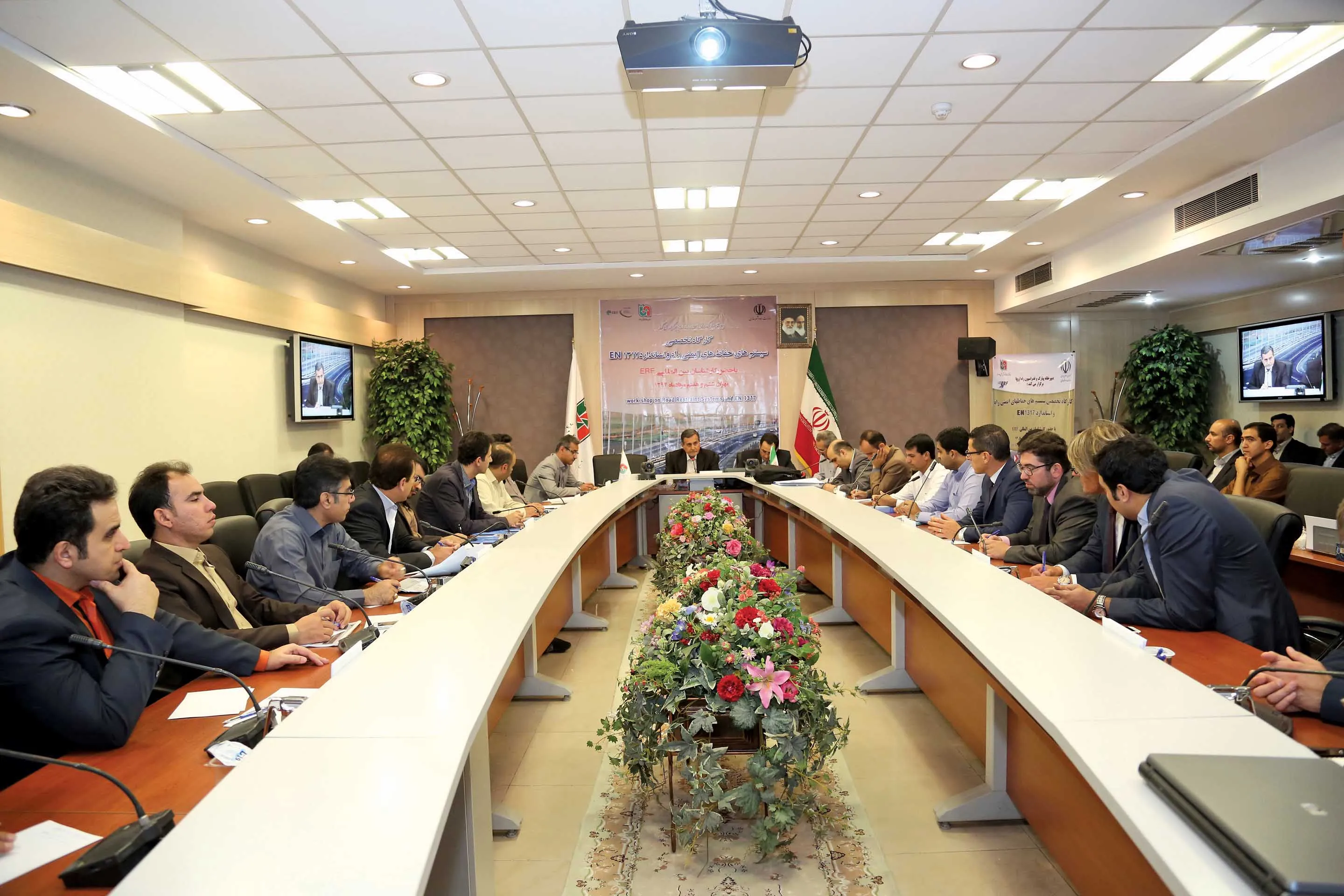The fifth-generation road is about to provide the world’s highway authorities with a big leap forward.
This “forever-open”, self-healing road will integrate innovation into infrastructure, vehicles and entire intelligent transport systems, says Adewole Adesiyun, deputy secretary general of
According to the conference organisers IRF Global, Croatia Roads and
ERF (European Union Road Federation) president Rik Nuyttens noted that new roads are getting safer. "With two years remaining under the United Nations Decade of Action for Road Safety, the devastating social and economic impacts of this epidemic can no longer be ignored," he said. "It truly is time for results. The region has an important opportunity and responsibility to examine ways to prevent what has become a global public health crisis.”
Speaking to the 500 delegates at the conference, Adesiyun described the first four generations of road that went from the dirt track to the paved road, then the smooth road and finally the motorway. He noted that there will likely be three iterations of a fifth generation road: the adaptable road, the automated road and the resilient road (see diagrams).
Change will come, says Adesiyun, because all the world’s road authorities are coping with critical but ageing assets that require a significant rise in maintenance spend. A tremendous growth in traffic is stretching roads to their physical limits. Agencies and road operators are also having to show a reduction in their greenhouse gas emissions.
It will lead to a heady mix of innovative thinking that will be crucial if highways engineers are to keep it all under control, he said. More prefabricated slabs and evermore “baked-in” technologies are going to transform the road surface.
For example, prefabrication could have many benefits. Standardisation of the sections would lower project costs. Factory-controlled production would improve product quality as well as allow for more advanced quality control processes. Less worker involvement in on-site manufacturing in live traffic conditions would make job sites safer.
Prefabrication might also boost the use of recycled material. As a structure is prefabricated, it could also be disassembled to more easily allow for repairs or even simply lifted out and quickly replaced. Factory production of units might allow faster and easier placement of many more sensors that will give data on the unit and structure’s behaviour over time.
Adesiyun said that the highways sector needs to bring back a “positive attitude towards transport infrastructure and the secrets of success are sustainable innovation and implementation”.
Ionian Corridor
"Croatia is an important gateway to Europe," said Josip Skoric, chief executive of Croatia’s state road authority Hrvatske Ceste. However, Croatia, like other countries in Eastern Europe, especially the former Yugoslavia, “is not in the European traffic corridors network”, in other words it lies outside the European Commission’s key TEN-T strategic traffic corridor strategy.
The Trans-European Transport Network (TEN-T) is a policy to help develop a Europe-wide network of roads, railways, inland waterways, maritime shipping routes, ports, airports and rail-road terminals. The objective of TEN-T is to remove transport bottlenecks and eliminate technical transportation barriers between the transport networks of EU states.
Skoric wants to see an Ionian corridor developed running the length of the Adriatic Sea’s eastern coast, from the Italian port city of Trieste in the north down to Athens in Greece. It will transit Croatia, Bosnia and Herzegovina, Montenegro and Albania.
As part of the corridor idea, Skoric said that he is keen to see Croatia build the Pelješac Bridge as soon as possible to bypass the so-called Neum corridor, named after Herzegovina's only port city, Neum. At the moment, Croatians must enter Herzegovina and drive the 9km past Neum to re-enter Croatia. The bridge will connect Croatian territory by traversing the Adriatic Sea’s Mali Ston Bay.
“Together with its access roads, the Pelješac Bridge will be our biggest infrastructure project,” said Skoric. Construction work started on the €526 million bridge in the summer of 2018 and 85% of the cost is coming from the EU. The 2.4km Pelješac Bridge will have a maximum span of 285m and be 22.5m wide. It will be an extradosed cable-stayed superstructure using steel boxes and orthotropic steel deck pylons varying in height from 75-91m above sea level.
Fighting climate change
The developing war between mankind and a growing number of extreme weather events will be a very tough fight, warned Anastasios Mouratidis, professor of highway engineering at Greece’s Aristotle University of Thessaloniki.
The key question, not just for highway authorities but entire countries, is whether roads are important in this war. “If the priorities are to save lives and property, then the road is essential for traffic and for movement, for refuge, for barrier protection and for evacuation,” said Mouratidis.
Speaking in the session On the Road to Climate Resilience and Energy Efficiency, he warned that rainstorms, wildfires, hurricanes, blizzards, droughts and storm surges are likely to “become more frequent and severe due to global warming”. Just how severe these events may become, nobody knows for sure.
To aid mankind in the battle, Mouratidis urged highway authorities around the world to “use simple and realistic methods to assess risks with proven engineering measures supplemented by auxiliary measures and to develop monitoring, early warning and emergency action plans”. The way forward is to “refine the risk assessment algorithms, introduce sea-level-rise risk planning and identify other smart and effective measures”.
Sadly, in this battle, mankind has been, and could well continue to be, its own worst enemy, he explained. Climate events are unpredictable and harsh. But “road authorities and stakeholders are often guilty of loose engagement with their public on the one hand and on the other hand they struggle with a lack of financing. Human activities are often unthoughtful and result in engineering and environmentally unfriendly interventions. Meanwhile, engineering solutions don’t always translate well from the laboratory into the practical world.
“Try to restore balance by burying pipelines of sufficient capacity, backfilling abandoned quarries,
restoring the capacity of watercourses as well as converting paved surfaces back to being unpaved wherever possible. Finally, revive the tactic of planting groves of trees on slopes and also remove flammable assets along roads."
He said highways authorities should “avoid complicated risk assessment models”. Instead of demolishing a culvert of insufficient capacity, think about a twinning solution or trenchless TBM pipeline construction. In fire-prone areas avoid tree lines of flammable species such as acacias, pines and cypresses. Use new technologies for forecasting, detecting and early warning.
Mouratidis said highways authorities should be exhaustive when drawing up disaster action plans. Run alert exercises, while at the same time enhance public authority commitment actively engage the public in discussions and development.








